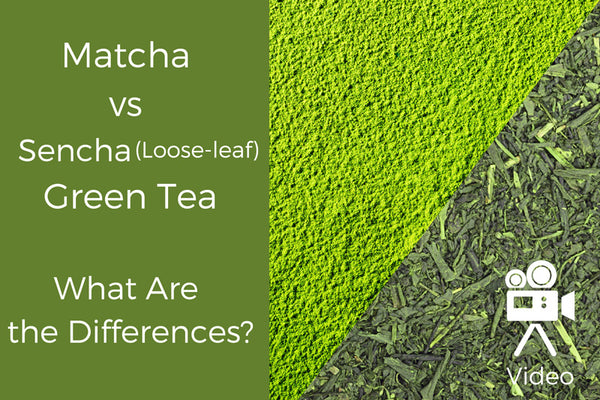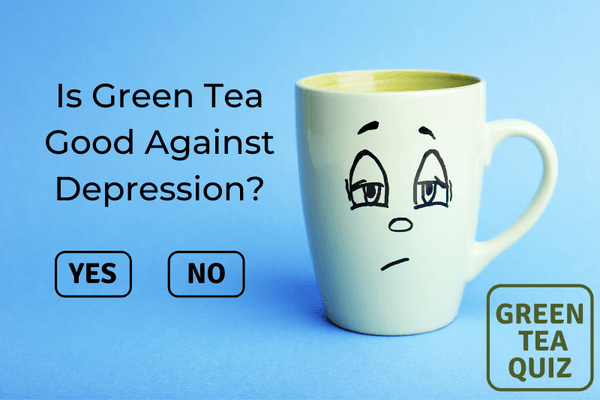Everything You Need To Know About Eisai, The Father Of Tea

The Discovery of tea
Tea originated from China, and it dates back to the mythical emperor Shennong, who is known as the father of medicine and agriculture. To make medicine, he has tasted and eaten hundreds of herbs, including tea leaves, to understand their value and health benefits. Tea discovered around 2700 BC in the same era of Emperor Shennong.
The Divine Farmer's Herb-Root Classic was a book dedicated to Shennong and talks about the tea at that time. It shows that tea was already discovered and drunk in the early ages. Later, in 59 B.C, Wang Bao wrote a book A Contract with a Servant. It includes instructions on buying and preparing tea, which indicated that tea was part of the diet at this point, and it was a commonly traded item. Though in that era, tea was still a luxury that only the elite of Chinese society enjoyed.
Arrival of Tea in Japan
During the Nara and Heian period, many representatives from Japan were sent to China and sometimes Buddhists scholars accompanied them. These Buddhists brought back tea leaves from China and marked the origin of tea in Japan.
In 1191, early Kamakura Period, Eisai visited the Sung-dynasty China and brought back new tea leaves to Kyoto and he wrote about it in 1214 in his first book, Kissa yojoki (喫茶養生記).
Who was Eisai

Eisai's full name is 'Myoan Eisai' (明菴栄西), and he was commonly known as Yōsai Zenji (栄西禅師) which translates to Zen master Eisai. He was a Japanese Buddhist priest and is known for bringing green tea leaves and the Zen Buddhism religion to Japan from China. He was born in the house of a religious priest, at the Kibitsu shrine in Bizen on 20th April 1141. He studied the Tendai School of Buddhism in Anyouji Temple. He began studying Buddhist verses and vows at a very young age. Near Kyoto, at Mount Hiei, he became an ordained when he was fourteen.
He traveled to Mount Tiantai, also called Tendai, in Japanese, when he was 28 for further studies about Buddhism religion. Mount Tendai is where the school of Buddhism was born. When he returned to Japan, he bought sixty volumes of Tendai - related texts. Eisai can be included in those who contributed to reforming the Buddhist religion.
Plantation of Green Tea in Japan
Firstly the seeds were planted in Mount Sefuri. According to Eisai, the Sefuri Mountain looked similar to Mount Tiantai, so he assumed it would be better to sow the seeds there.
Secondly, he gave some of the seeds to Myoue Shounen, a Monk from Kosanji temple in Kyoto. And in that way, tea was brought into the land of Uji. Some of Japan's most expensive tea is still cultivated in Uji. You can also say that it was the beginning of Japanese tea cultivation for making tea. That is why Eisai is known as 'The father of tea' in Japan.
Eisai faced criticism
Eisai faced a lot of criticism while he was actively promoting the Zen. In 1194, monks from Enryakuji argued that Eisai was unconventionally occupied in establishing a new branch of Buddhism in Japan. He tried to defend his point and wrote the book 'Kozen gokokuron'. He wrote that it is not a different faith, but it has the essence of Buddhism. He explained that it is not about new teachings, but based on the basic principles of Buddhism. He faced criticism with very much confidence and ensured that this will lead to the prosperity of the nation.
Stay in Tendai
He did a six-month-long stay in Tendai, where he mastered the teachings of Zen, a well-known Chinese Buddhism religion. It is a mixture of Mahayana Buddhism and Taoism and brought to China by Indian Buddhists. During his study, he also studied philosophy. His second visit to China happened in 1187. After his second, he actively participated in promoting Zen. He built some small temples along the coast of the Inland Sea, where he studied the Zen religion. The essence of Zen religion is attempting to know the meaning of life directly, without being misled by logical thought or language. He then spent four years as a disciple of Xuan Huaichang, who was the master of Rinzai school. After that, in 1191, he received the certificate from the Zen teacher.
Introduced the Zen Buddhist Rinzai Sect to Japan
Eisai demonstrated the superiority of the Zen over the Buddhist disciple, producing annoyance and anger in the Tendai monks (a Monk is a religious person who practices asceticism, either alone or with a group of monks) who were against the new sect. Eisai constantly faced criticism from Tendai and Shingon. But he continued to recite the Shingon magic formulas. A short time before his death, Eisai established a government and ordered a third Zen monastery. Easia was an important personality who played a significant role in the acceptance of Zen in the Japanese religious community.
Eisai developed the easy method for making of Matcha
The tea that Eisai used to prepare was just loose-leaf sencha type. In later years, long after Eisai, in Uji, some tea farmers invented the Tana. It is a shade roof made of straws that they put over the tea bushes. Due to which modified amount of sunlight reached the tea leaves. It resulted in revered flavored tea that became a specialty of Uji. In modern-day, it is known as Matcha, and it has a unique taste and a different chemical composition due to being in the shade than the one that was prepared by Eisai. Due to this unique taste, Matcha Tea became more popular among the masses. Therefore, although the tea that was brought by Eisai into this region differs a lot from the modern green tea, it has many benefits, and the credit is still given to Eisai because he was the one who brought tea to Japan. Some of the benefits of tea are as follows.
A great benefit that is associated with drinking Japanese tea is that it helps in preventing cancer. Research has shown that Japanese tea is composed of several different components, some of which help in preventing cancer. Not only that, it helps one live a good life but also it will help save someone's life. Many patients who had cancer saw a drastic improvement in their health by drinking green tea regularly.
Knowing the benefits of this tea, we came to conclude that it was a very wise and fair decision of Eisai that had brought this magical tea to Japan. Now Japan has the largest number of people with the longest life span. Eisai would always be remembered when we talk about this tea and its benefits.
RELATED ARTICLES YOU MAY BE INTERESTED
Also in Japanese Green Tea Lovers in India

TYPES OF TEA: MATCHA VS SENCHA GREEN TEA: WHAT ARE THE DIFFERENCES?
When it comes to different types of tea, matcha and sencha green tea are two many people have questions about! Get answers in this post.

Is Green Tea Good Against Depression?

What is the best way to store your matcha & Japanese green tea?
5 Essential Storage Rules for Matcha and Japanese Green Tea
Read on to learn how to store matcha the proper way to ensure that you get the most out of this ancient elixir.

































